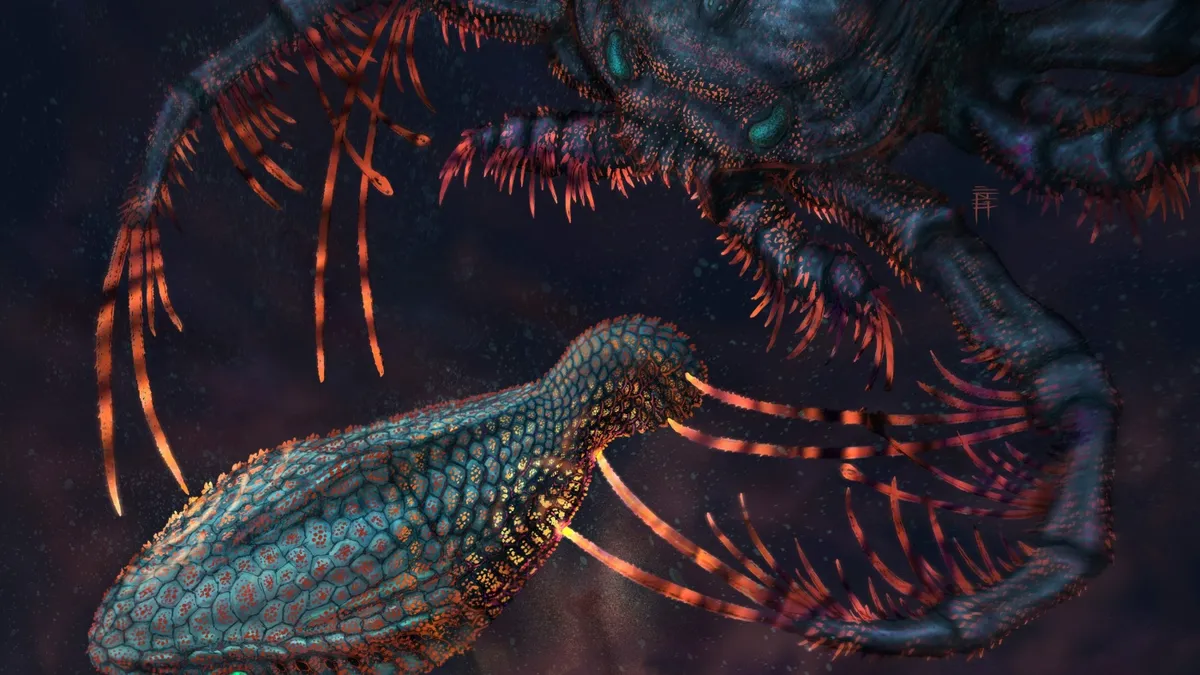
Yara Haridy, an evolutionary biologist at the University of Chicago, often captivates her audience by revealing a fascinating fact: our skeletons evolved from jawless fish. Haridy emphasizes that the bony structures we possess today have been around for over 500 million years. By understanding this profound connection, she believes people can develop a deeper appreciation for their environment and, importantly, for one another.
In her latest research, published in the journal Nature, Haridy uncovers an astonishing link between the sensitivity of our teeth—often felt when consuming icy treats or during dental procedures—and the exoskeletons of ancient armored fish. This finding highlights an ancient case of mistaken identity, sparking curiosity about the origins of our skeletal structures.
Haridy's research focuses on a pivotal question: How did our skeletons evolve? The presence of a skeleton is what distinguishes vertebrates from other organisms, and she sought to uncover the evolutionary transition from soft-bodied creatures to those with a structured skeleton. "Before there was bone, there was no bone," she states, expressing her desire to understand the evolutionary journey of these cells and the tissues they formed first.
To find answers, Haridy and her team investigated the earliest known vertebrate, Anatolepis, dating back roughly 500 million years. This fossil, described as lacking visual excitement, consists of tiny bumpy flakes believed to be the scales of this ancient fish-like creature. To analyze these fragments in detail, Haridy utilized the Argonne National Laboratory's particle accelerator, which provided high-resolution 3D scans through its powerful X-rays.
Recalling her experience at the lab, Haridy humorously notes, "Everything's chrome—it looks like it's out of The Terminator." During her overnight stay, she managed to fuel her energy with pizza, although she humorously avoided Chicago's famous deep-dish variety.
Upon analyzing the scans, Haridy encountered unexpected complexity in the structure of Anatolepis. Initially anticipating a simple design, she discovered instead a wealth of anatomical intricacies. To her surprise, Anatolepis was revealed to be an invertebrate, specifically a type of arthropod, akin to an ancestor of spiders and scorpions. This revelation pushed back the timeline for the emergence of vertebrates by 20 to 30 million years, a challenging blow for Haridy, who had based her research on the assumption that Anatolepis was the earliest vertebrate.
With guidance from her advisor, paleontologist Neil Shubin, Haridy shifted her focus to the anatomical similarities between the armor of invertebrates and the teeth of vertebrates. This led her to ponder the evolutionary significance of these structures: What challenges do both groups face that resulted in such similar adaptations? Shubin suggested that their sensitivity might provide a clue.
Haridy noted that the extra anatomy found in the armor of Anatolepis was likely designed for sensing pressure and chemistry in their environment. She turned her attention to ancient vertebrate fish, whose bumpy exoskeletons are believed to be precursors to our teeth. As these fish evolved jaws and adopted predatory feeding habits, having sharp structures around their mouths became advantageous. However, it was unclear if this armor served additional purposes beyond defense.
To gain further insights, Haridy examined the tooth-like scales found in the embryos of modern-day fish such as sharks, skates, and catfish, discovering the presence of nerves. This evidence suggested that the armor of ancient fish enabled them to sense their aquatic surroundings, a capability that has been inherited by our teeth, which can detect sensations like pain and temperature.
According to Haridy, "Those scales were useful every step of the way," evolving over hundreds of millions of years to become the sensitive teeth we rely on today. This connection traces back to our evolutionary roots, providing insights into why we experience toothaches and other dental issues.
Joseph Keating, a paleobiologist at the University of Bristol, who was not involved in the study, notes that unraveling the evolution of our skeletons could illuminate the developmental mechanisms that lead to skeletal abnormalities in humans. He emphasizes the ancient origins of these mechanisms, first evolving in jawless fish-like animals approximately 480 million years ago.
With these findings, Haridy's research not only sheds light on the evolutionary history of our teeth but also connects our modern challenges to our ancient lineage, reminding us that our bodies carry echoes of the past.